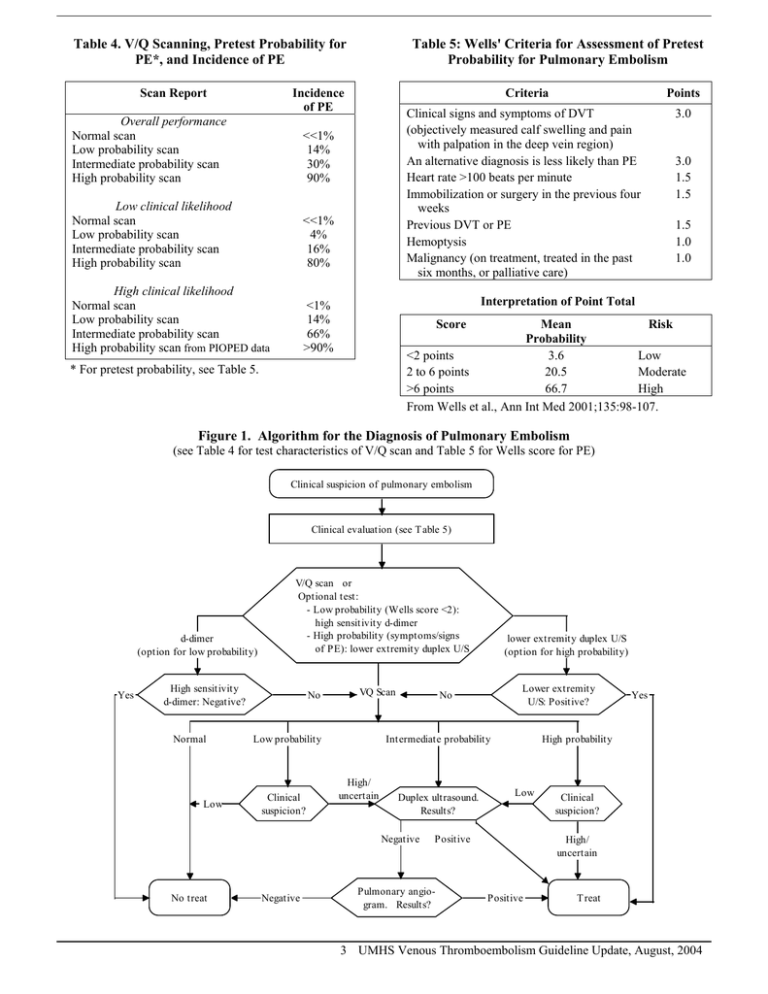Table 4. V/Q Scanning, Pretest Probability for PE*, and Incidence of
advertisement

Table 4. V/Q Scanning, Pretest Probability for PE*, and Incidence of PE Scan Report Table 5: Wells' Criteria for Assessment of Pretest Probability for Pulmonary Embolism Incidence of PE Overall performance Normal scan Low probability scan Intermediate probability scan High probability scan <<1% 14% 30% 90% Low clinical likelihood Normal scan Low probability scan Intermediate probability scan High probability scan <<1% 4% 16% 80% High clinical likelihood Normal scan Low probability scan Intermediate probability scan High probability scan from PIOPED data <1% 14% 66% >90% Criteria Points Clinical signs and symptoms of DVT (objectively measured calf swelling and pain with palpation in the deep vein region) An alternative diagnosis is less likely than PE Heart rate >100 beats per minute Immobilization or surgery in the previous four weeks Previous DVT or PE Hemoptysis Malignancy (on treatment, treated in the past six months, or palliative care) 3.0 3.0 1.5 1.5 1.5 1.0 1.0 Interpretation of Point Total Score Mean Risk Probability <2 points 3.6 Low 2 to 6 points 20.5 Moderate >6 points 66.7 High From Wells et al., Ann Int Med 2001;135:98-107. * For pretest probability, see Table 5. Figure 1. Algorithm for the Diagnosis of Pulmonary Embolism (see Table 4 for test characteristics of V/Q scan and Table 5 for Wells score for PE) Clinical suspicion of pulmonary embolism Clinical evaluation (see T able 5) d-dimer (option for low probability) Yes V/Q scan or Optional test: - Low probability (Wells score <2): high sensitivity d-dimer - High probability (symptoms/signs of PE): lower extremity duplex U/S High sensitivity d-dimer: Negative? Normal Low No VQ Scan Low probability Clinical suspicion? Negative Lower extremity U/S: Positive? No Intermediate probability High/ uncertain Duplex ultrasound. Results? Negative No treat lower extremity duplex U/S (option for high probability) High probability Low Positive Pulmonary angiogram. Results? Yes Clinical suspicion? High/ uncertain Positive T reat 3 UMHS Venous Thromboembolism Guideline Update, August, 2004


